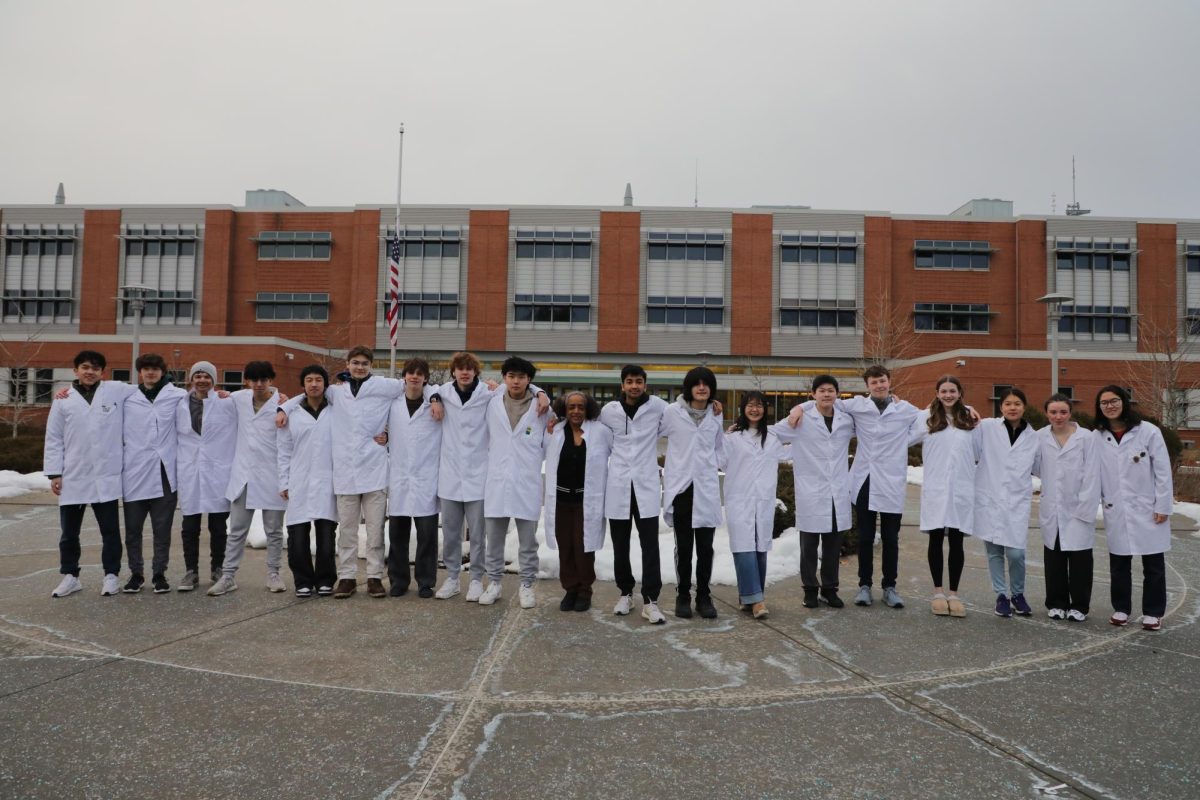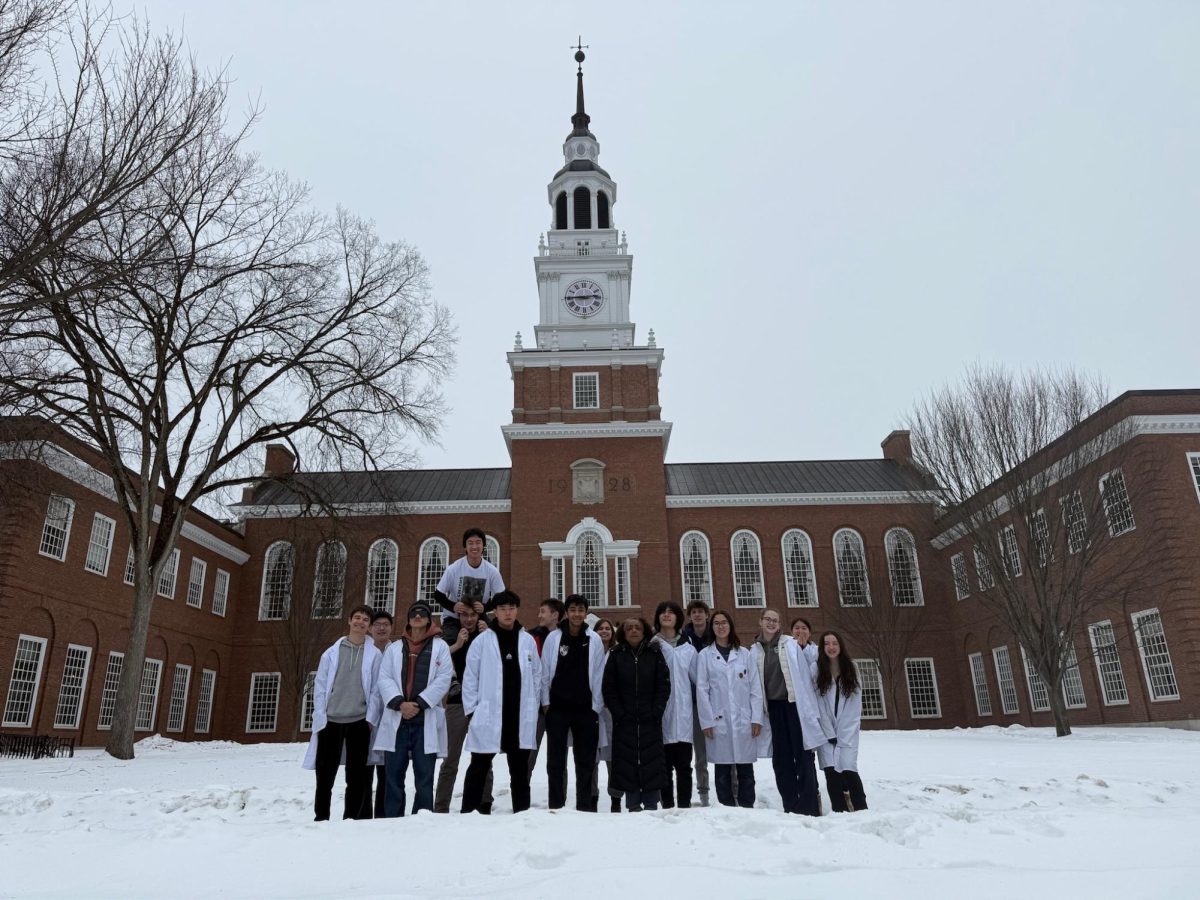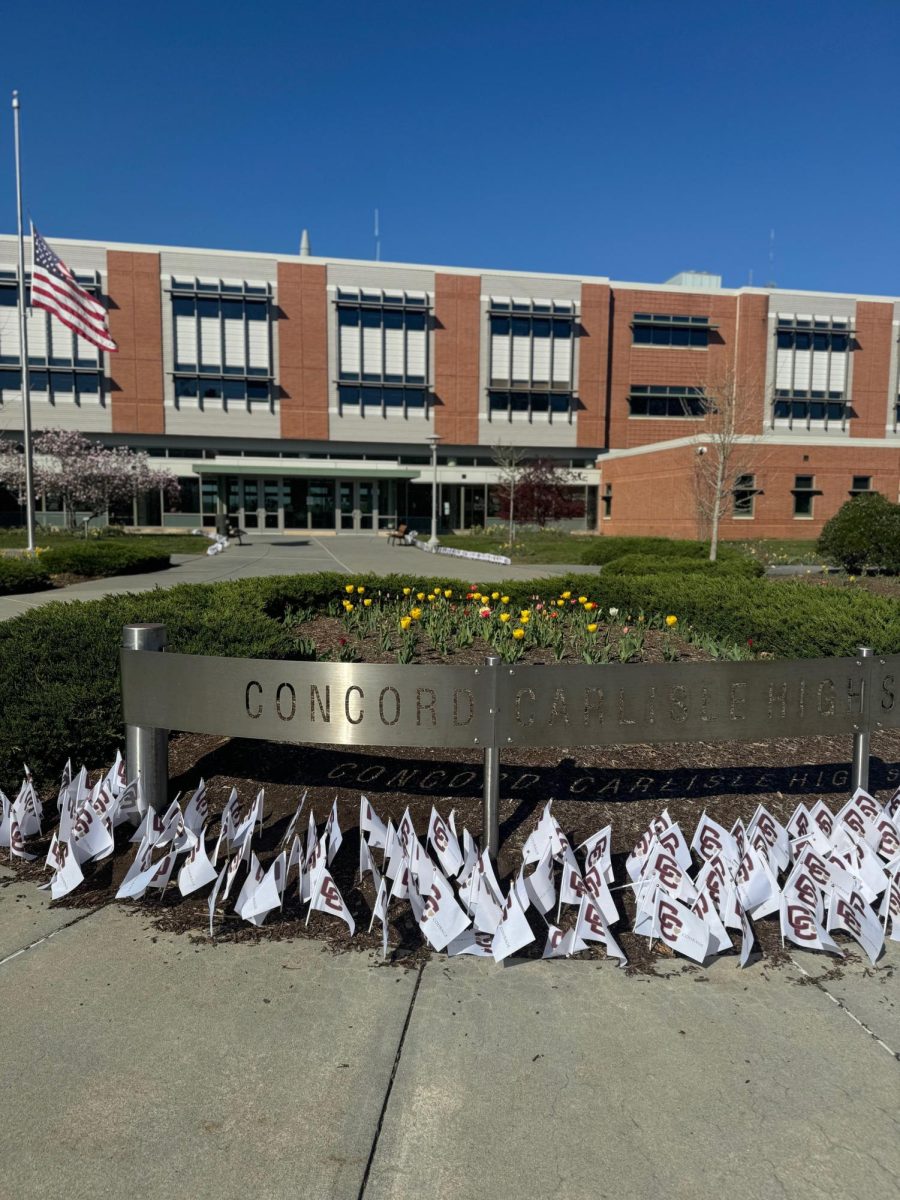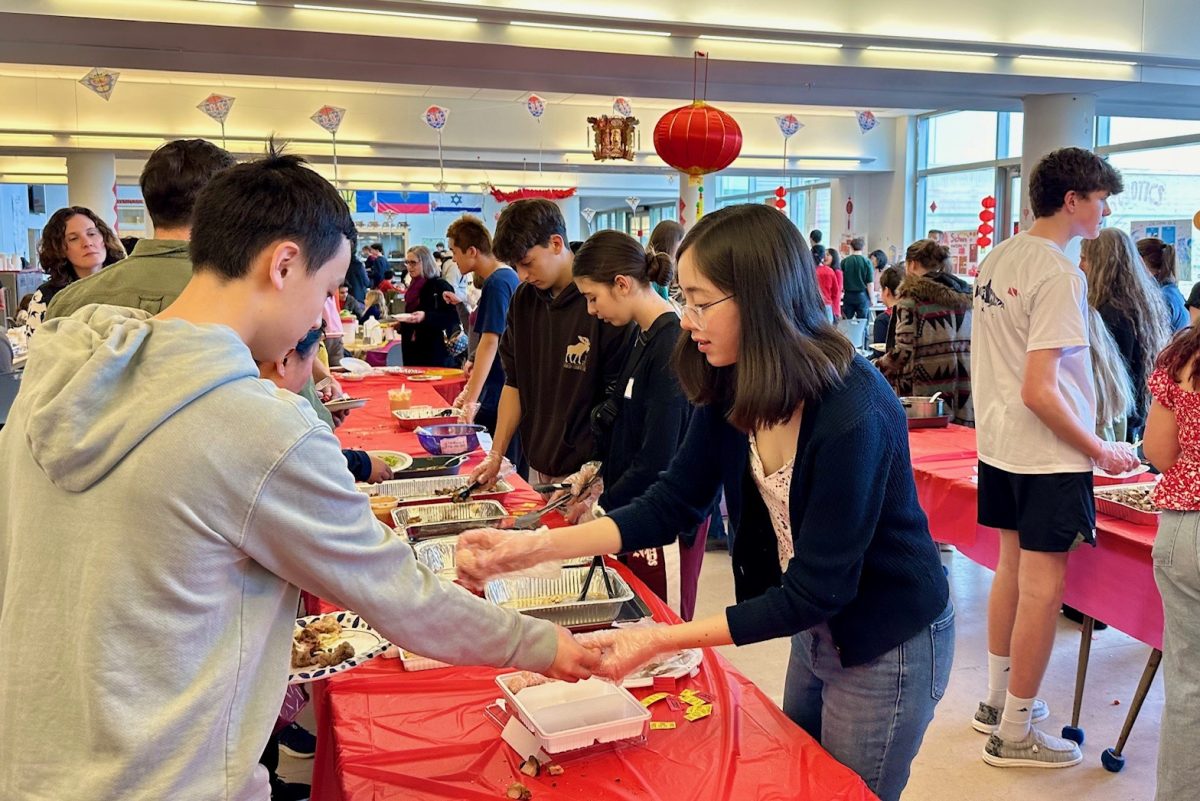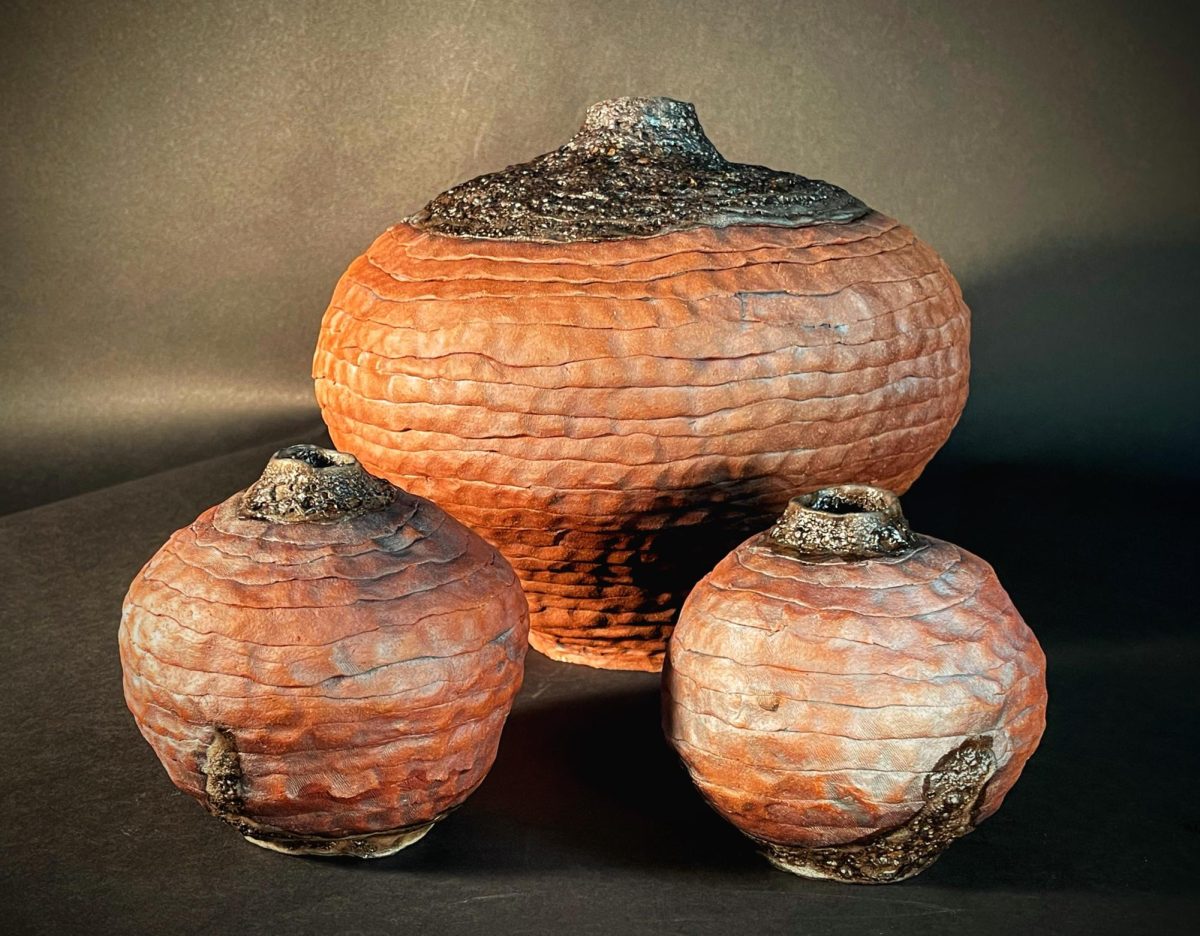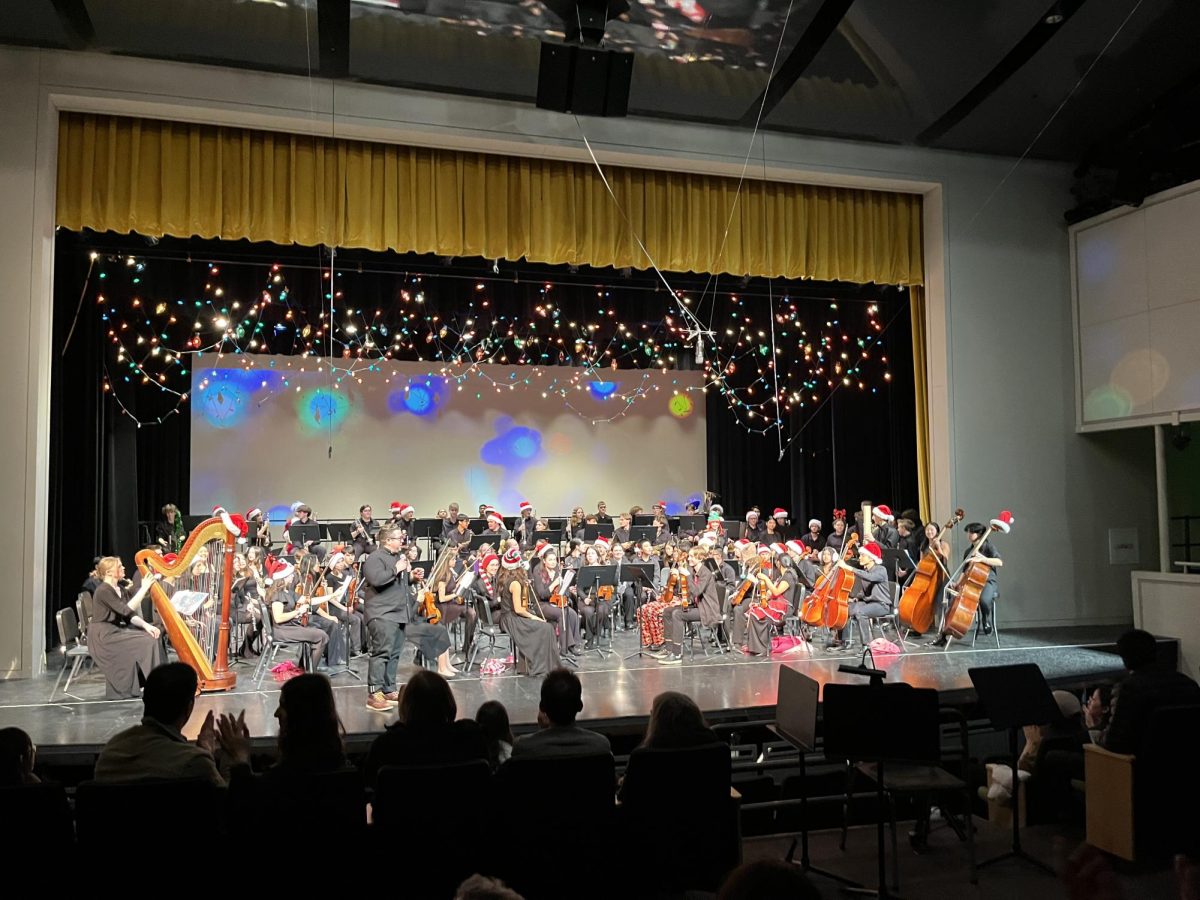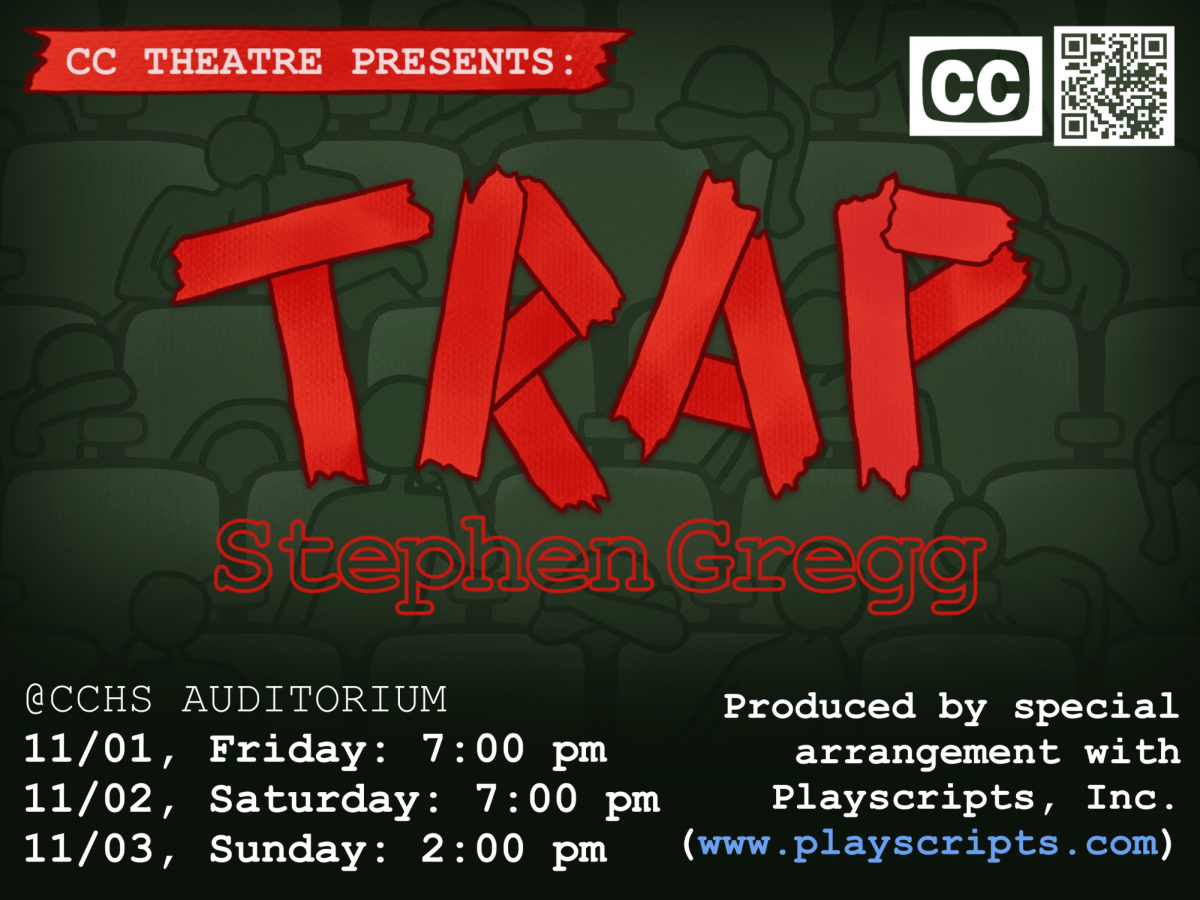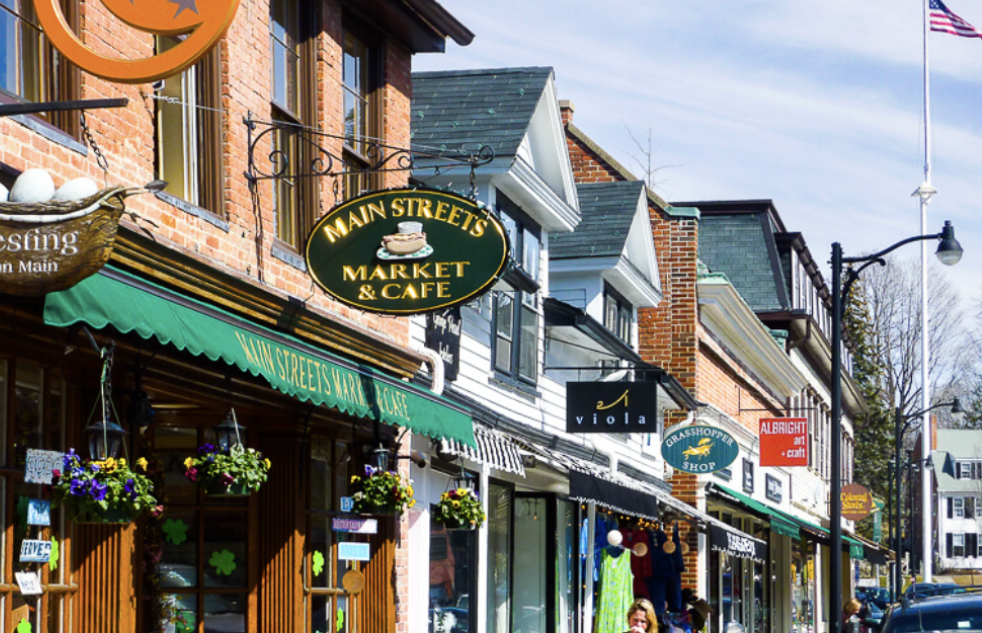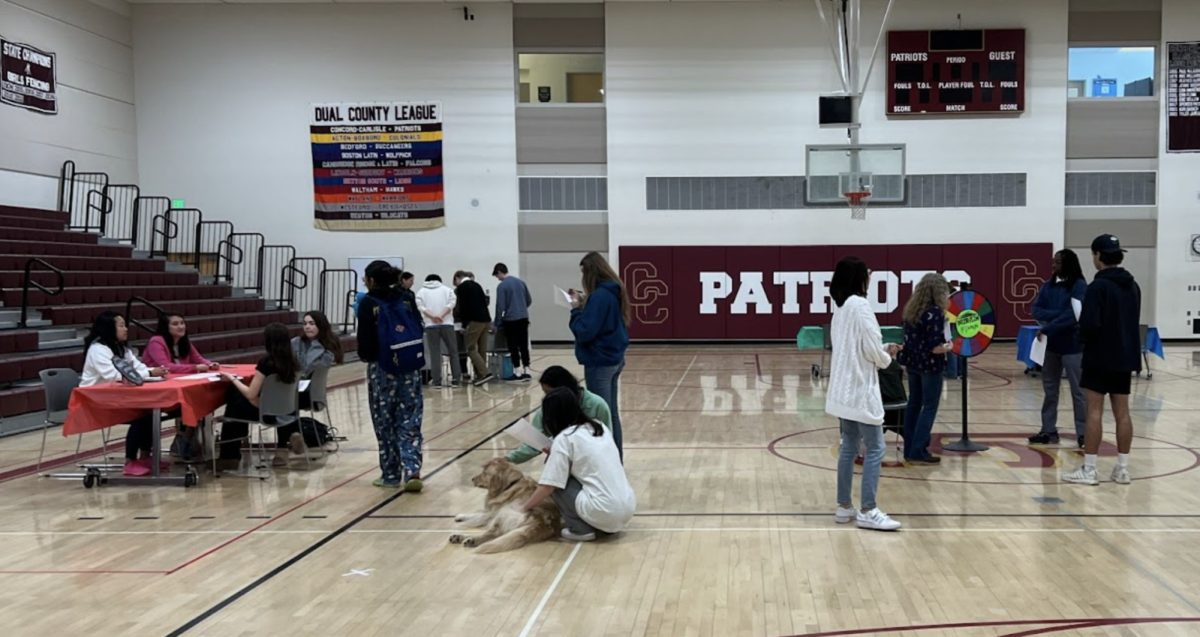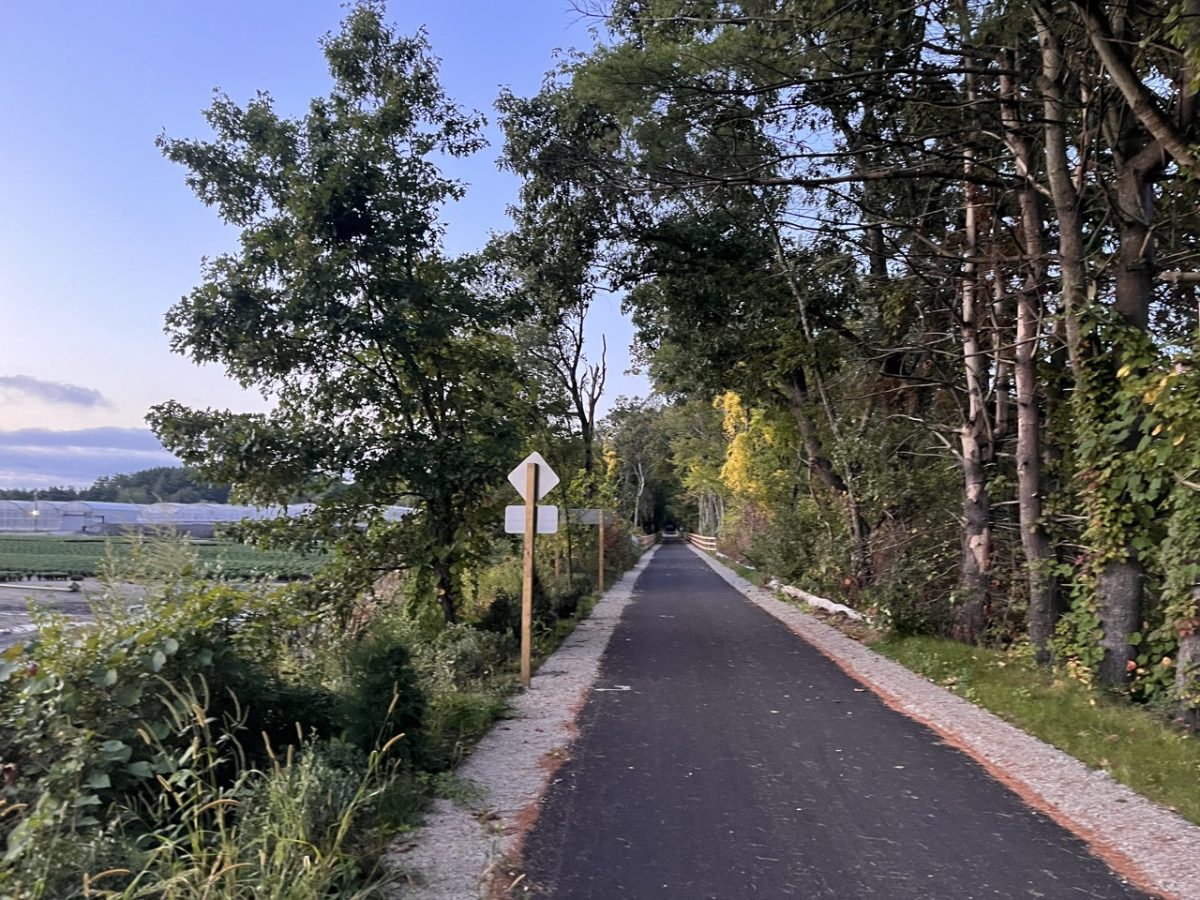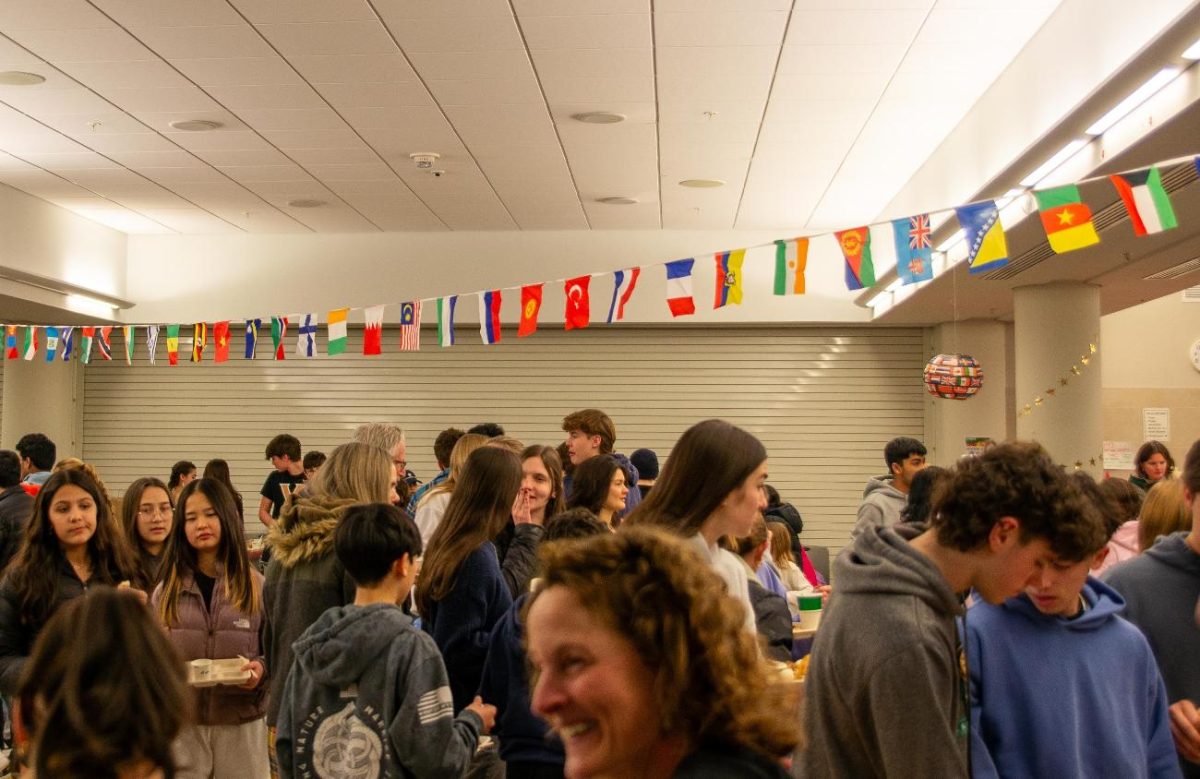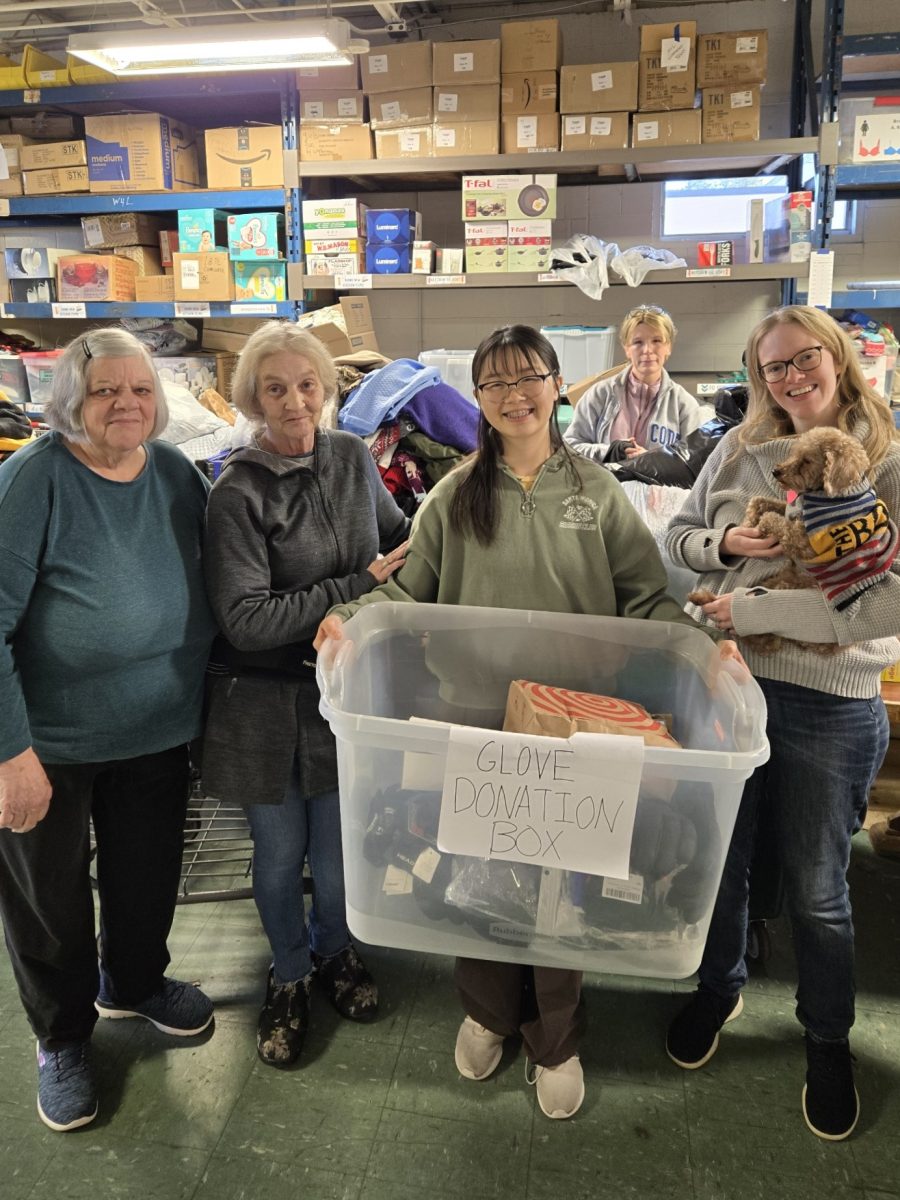What unwritten history lies right in front of us, or better yet, beneath us? A heavy door hidden in the basements of Concord Center, labeled DO NOT OPEN, had me questioning if there could be a hidden passageway beneath our sidewalks, possibly once a secret route for fugitive slaves, to travel on in their journey to freedom.
It was Summer 2023, and my first job was mainly working in the humid basements of Helen’s in Concord. Despite parting ways due to the questionable working conditions of the local diner, the one thing which sticks in my memory of my first job is that one big basement door was sealed shut. Eventually I took a job across the street at Main Streets Cafe. Similarly, I found a similar basement door that also had a DO NOT OPEN sign accompanied by a large lock across a steel door.
A question beat in my mind for an answer, what lay behind these doors? Of course, I had to search for answers. The Underground Railroad was a means of transportation for fugitive slaves, through secret routes and safe houses. Often, these routes had hotspots in the northeast, a generally abolitionist area. Concord especially has strong ties with the route. A further investigation of these buildings told me that while the actual structures on top may have been built much after the abandonment of slavery, the basements have been there since the 19th century.
While we know a few hotspots about the underground railroad, there is still much unknown history. Very little was written about this affair due to the fact that it was illegal; those hosting on the underground railroad were risking their lives and freedom. The known spots in Concord of this route include The Wayside, the home of Thoreau, and even some known locations in Concord Center.
Some evidence traces to what is now 169 Main Street, once a safehouse on the underground railroad, located right next to the Main Concord Library. Other hotspots in Concord Center were the houses on 45 Hubbard Street, 19 Sudbury Road, 387 Sudbury Road, and 35 Lowell Road. Another Concord residence, The Wayside, also served as a safe house for fugitive slaves and was also home to three American literary figures: Louisa May Alcott, Nathaniel Hawthorne, and Margaret Sidney.
Fugitives traveling from Boston, Fall River, Medfield, or Southborough passed through here on the way north. Locals would provide hiding places for escapees until they could travel onward. Those who helped individuals escape would collect money for their tickets, food, and other necessities, provide transportation to railroad stations (in Acton, Leominster, Fitchburg, and Lowell, among other places), purchase their tickets, and sometimes even travel part of the way with them.
There is also some evidence of a slave staying with Henry David Thoreau on Main street in October 1851 as Thoreau wrote a very detailed journal entry about a fugitive slave staying at his home. Thoreau, Alcott, and Hawthorne played a huge role in helping fugitive slaves escape, providing them with safe places to rest and helping them on their journey to freedom. Many participants were active in their role for their abolitionist beliefs, however many did little to advertise or record themselves being a part of the route, to ensure a safe route. Very little is known about these families or who they may have housed.
When I finally tracked a blueprint, it was cut off at the sight of the door. Due to the close proximity of these buildings, is it conceivable that these doors might interconnect the basements of these stores? Without access to these locked doors or complete blueprints, confirming this possibility remains out of reach. However, given the close proximity of the safe houses used in the underground railroad nearby, the likelihood is significant. Could these doors have served as passages for transporting fugitives through the basements? The unwritten history of Concord, this remarkable journey in search of freedom, could be beneath our feet…
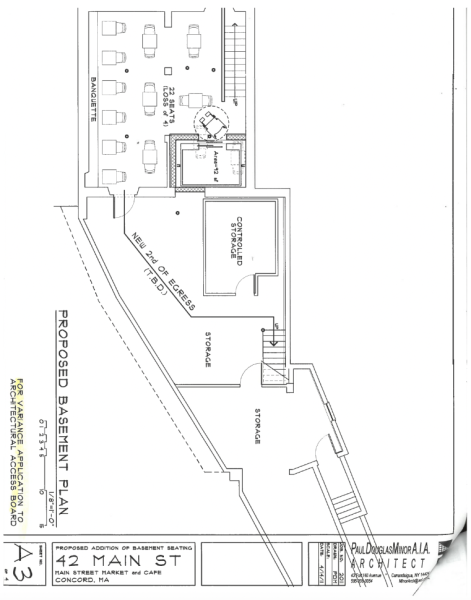
Blueprints courtesy of Nathaniel Smith

In purple we have the known locations and in blue we have suspected locations
Sources used:
(1) Blueprints on behalf of Nathaniel Smith, archivist for town of Concord, MA
(2) https://concordlibrary.org/

